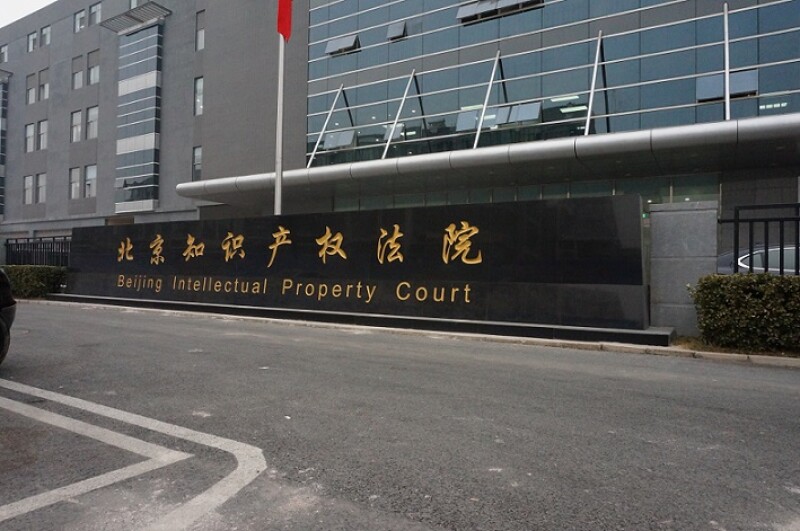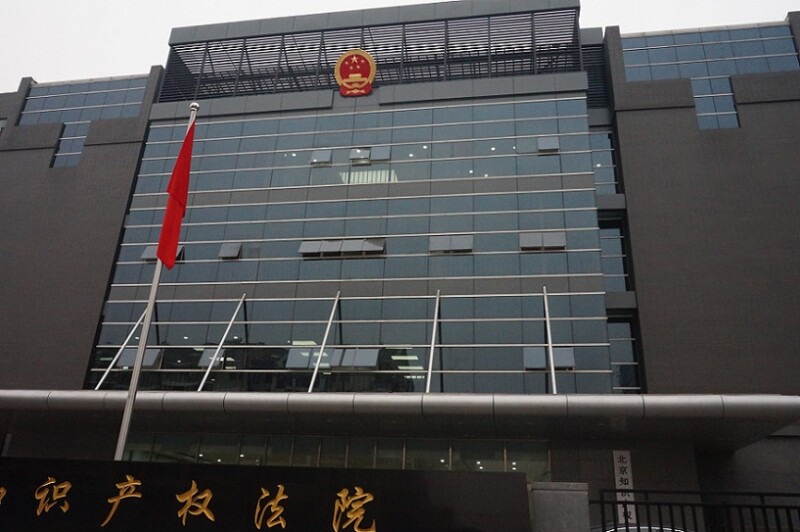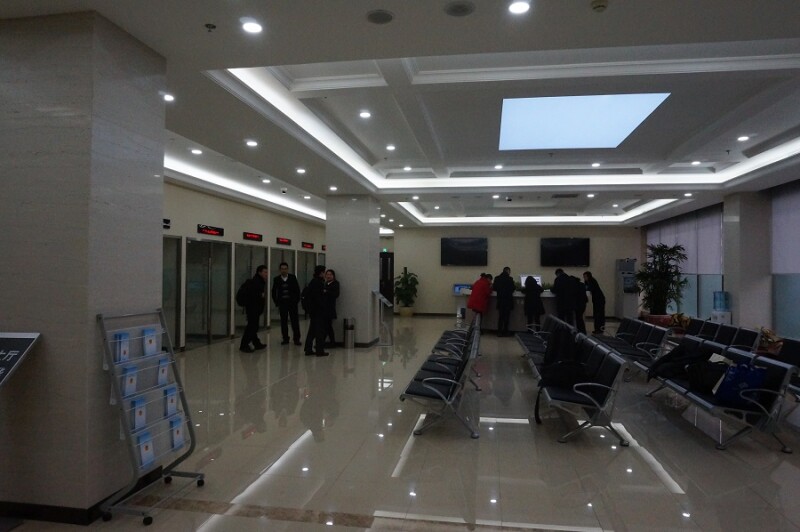
Last month, I jumped on a last minute flight from Hong Kong to Beijing after securing an interview with Judge Chen Jinchuan, vice president of the Beijing IP Court (see the cover story in our newest issue for the interview - subscription or free trial required).
Though the Managing IP team regularly goes to China to meet with contacts and to attend our own events, this is one of the few times where we've travelled north just for one story. But given the chance to speak one of the leading figures in the new specialised IP court in the capital, it was an easy decision.
Surprisingly familiar
Each time I land in Beijing and settle into a cab making its way into the city, two words always pop into mind: Los Angeles. There are of course some very obvious differences between the two cities, but the physical similarities when riding along the highway or the broad boulevards can be surprising at times. The wide jammed roads, the general feeling that it is a challenging city to navigate without a car (of course, many Beijing residents rely heavily on public transport), and the sense that this is a place where big changes are happening quickly make the two cities feel more similar than one would expect.
Once you hit get off the highway and into the more local areas, the sense of familiarity fades slightly and you get a better view of China's development. Street vendors and more weather-worn buildings sit alongside newer developments housing trendier storefronts. The development appears to be quite rapid and many of the new buildings still have that freshly constructed sheen.

The location of the Beijing IP Court fits into this trend of old existing alongside the new. Seated in the sprawling Haidian District in the north-western part of the city, the court is in many ways a typical courthouse: squat, square with a security gate and Chinese flags flying, the usual signs of governmental authority. In most ways, the IP Court is what one expects a relatively new courthouse to look like.
However, the courthouse was actually surprisingly difficult to find in part because the Beijing IP Court is not situated in a cluster of government buildings as is often the case in other cities. The taxi driver did not know where it was located and we ended up having to call for directions. One would think a courthouse would be a somewhat popular point of reference but this is perhaps not surprising, given its newness. It turns out that the court was located in its own lot, just off a small quiet road lined with small and very local restaurants.
Looking the look
One of the things that Judge Chen emphasised was the court's embrace of technology, and the interior reflects this, right down to the cold, sleek modernism of its decor. As he explained in his interview, the IP courts are in the process of rolling out a number of computer-based services that he said should help users access information, such as verdicts, court statistics and case statuses. The lobby of the service area is filled with terminals for visitors to access these court services, and along one wall, there were several docketing stations.

There is unsurprisingly an emphasis on technology behind the scenes as well. Though we unfortunately did not have time to get a full tour of the facilities, Judge Rader, who happened to be in Hong Kong that week, told Managing IP that one thing that he was particularly impressed with was the one-touch system for publishing court decisions.
Some may consider such developments mundane and perhaps a bit "inside baseball", but it is these types of small but significant improvements that can add up to yield big efficiency gains.
Overall, the trip to the Beijing IP Court felt too short. Though Judge Chen was kind enough to speak with us for nearly two hours, it still felt like there was so much more to learn about the court. Still, discussions about the thinking behind its establishment, how it is expected to function and what challenges he sees gave us considerable insight into one of the most important IP-related recent developments in China.
We hope you find the interview as interesting and informative as we do.









